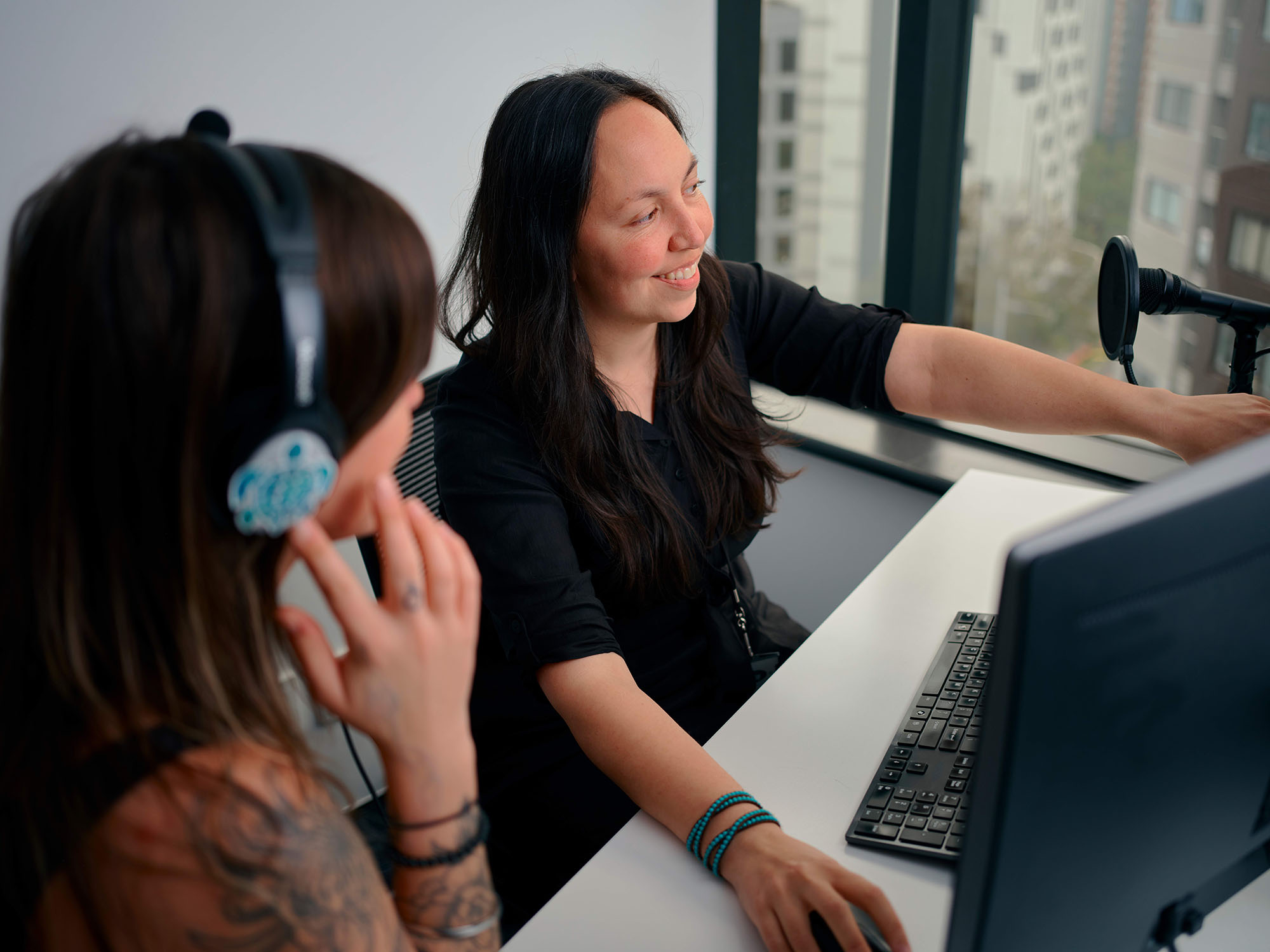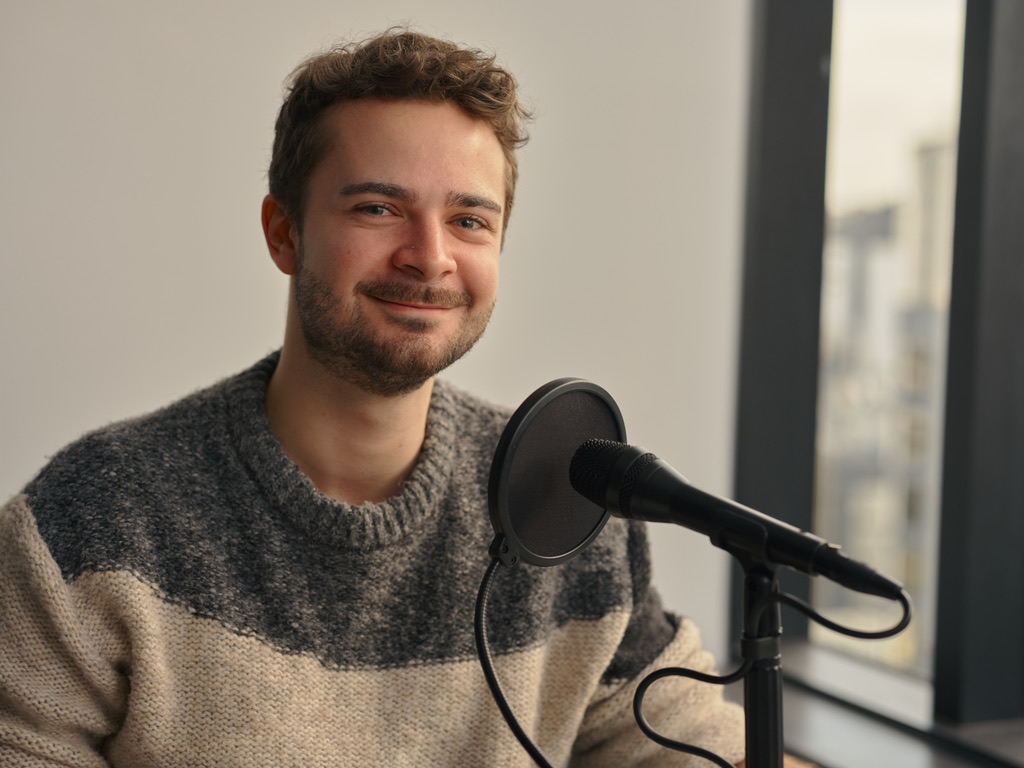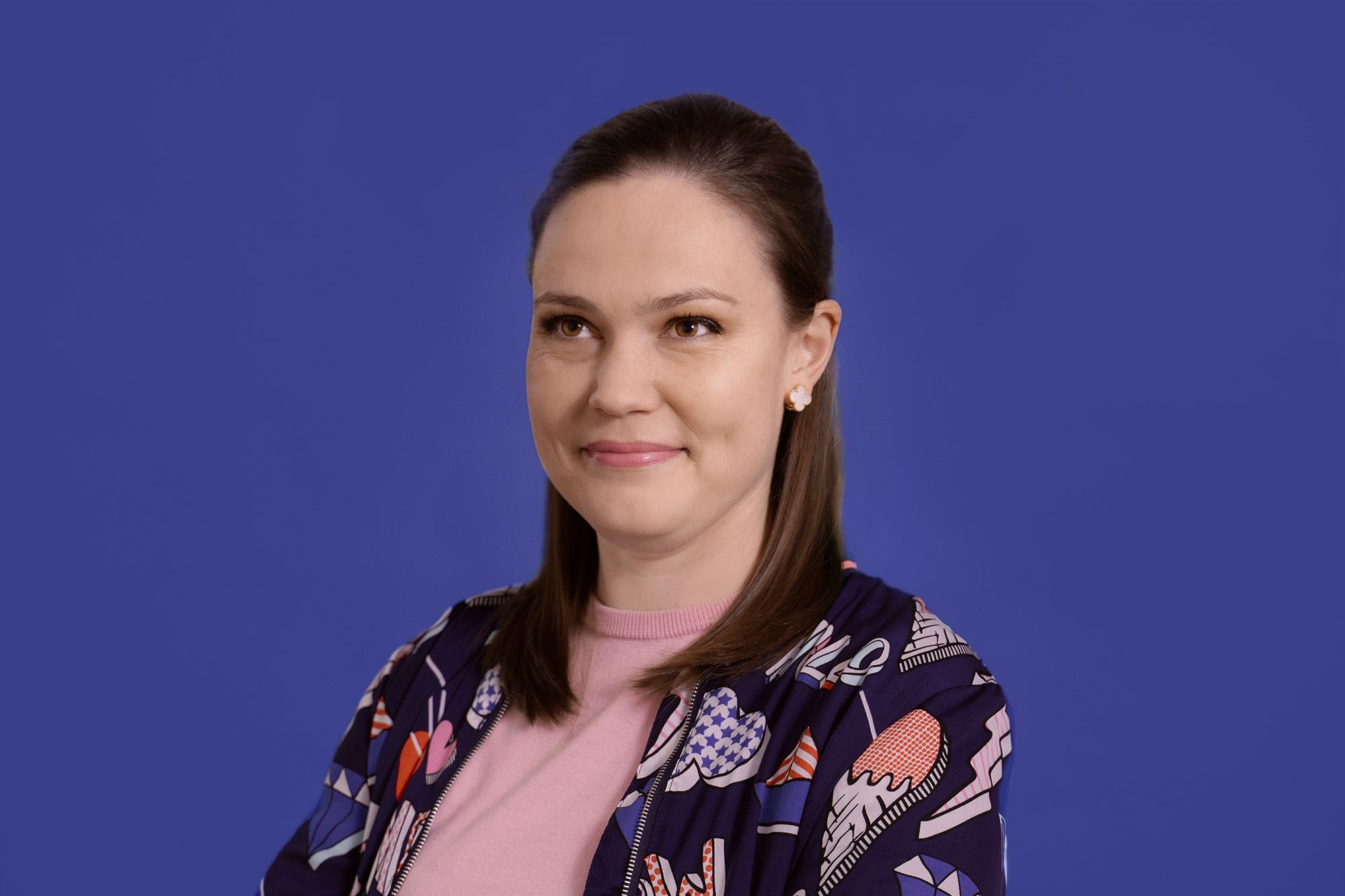
Ka mua, ka muri is a whakataukī (proverb) that means “walking backwards into the future”. As Able enters double digits and celebrates a decade of making media accessible, we pay tribute to the work that has come before us and how it informs the way we operate now and in the future. Here’s to another 10!
Captions and audio description are essential media accessibility services. As of 2023, captions are used by 44% of New Zealanders, and audio description by 10%.
Over the last decade, Able has grown the delivery of captions and live-captioning across New Zealand’s free-to-air channels, survived a pandemic, and carried through significant increases in audio description. We’ve adapted to digital platforms, integrated new technologies to complement the mahi of our talented team, and worked with broadcasters to best deliver our services to the communities we serve. While the media landscape has evolved, technology has changed, and the team – and our services – have grown exponentially, Able is and always has been moving towards the same goal: of making media accessible.
Able was officially formed in 2013. Prior to that, a team of captioners – a few who are still at Able today – worked away under the organisation’s big umbrella in a branch called TVNZ Captioning, which was later rebranded as TVNZ Access Services when audio description entered the picture.
First, let’s zoom things out a little further. Captioning began in New Zealand in 1984 with the Teletext service – a few programs a week funded by the proceeds of the 1981 Telethon. David Kent, one of Able’s current trustees, remembers those Teletext days. “Television was basically non-existent for me before then. I would rush home from work to turn Teletext on to find out what was happening in the world.” In 1991, captions were made available on TV One’s 6pm news bulletin and have been largely funded by NZ On Air ever since.
Audio description was launched in 2011, after years of tireless efforts – campaigning with the community, government and broadcasters – from advocacy groups Blind Citizens NZ and Blind Low Vision NZ. Wendy Youens, Able’s founding CEO and TVNZ Captioning department’s brand-new manager at the time, said that she quickly realised the launch was going to be “quite a challenge” – from complex technical issues to shonky new recording booths with glass walls, and “a whole new community audience to learn from.”
Overseas, many audio description companies had separate people to script, voice, and mix the sound, but the Access Services department took the “number 8 wire” approach and trained audio describers to handle the process end-to-end. Our multi-talented audio describers at Able still work in that way to this day.
Some processes, however, look quite different. Rather than the slick software the team at Able use today, the old TVNZ team did things a bit more manually. They consulted (physical) Oxford dictionaries and watched Shortland Street on tapes. Live captioning, for example, was done using dual QWERTY keyboards – captioners worked in duos to fire off alternative sentences, typing as fast as they could. Sometimes, when energies would align, a couple could get incredibly in sync. Nowadays, this is done using speech recognition software, where the captioner would respeak exactly what a news presenter or commentator said, a beat after they said it, which would then populate via software and sent out into the world.
In 2013, TVNZ decided to outsource its media accessibility services for commercial reasons. One captioner, who started their relationship with the organisation 15 years ago described this as Able “breaking off into an escape-pod shuttle”. The decided-upon solution, of establishing a charitable trust that operated as a private organisation, but funded by the public, was hugely supported by Jane Wrightson, CEO of NZ On Air at the time; Miriam Dean, the then-Chair of NZ On Air; and Glenn Usmar, the Television Manager of NZ On Air.
Once Able was formed independent of broadcasters in 2013, it was able to more smoothly supply its services to other linear television channels. From this time, Able gradually increased its capabilities, rolling out its services across the channels, and ensuring that all New Zealanders have access to the information they need. Captions launched on Prime in 2014, thanks to the first funding boost Able had since its launch, and was marked by an event held at Wellington’s Beehive. Since then, we’ve had live captioning launch on both Sky Open (previously Prime), and, very recently in 2022 on Discovery. Audio description also launched in Discovery that year.
In between, there have been a few important projects that’d we’d feel remiss not to mention: introducing captions to platform HEIHEI, aimed at making content more accessible for our tamariki; and our live-captioned coverage of the Rio 2016 Olympics, when Able graciously received funding from the National Foundation for the Deaf to ensure that the Olympics and Paralympics was accessible to their community.
There was, too, an ever-increasing shift to digital. Captions launched on TVNZ OnDemand in 2016, and Able now works with other New Zealand digital platforms, like RNZ and The Spinoff. Digital platform capability and its compatibility with media accessibility has been an ongoing challenge in providing services, and there’s need for more to be done in this area. “It’s an absolute no-brainer to ensure that your platform is accessible, and to think about that from the start. People just want access the same way everybody else is watching,” Wendy Youens has said.
Ultimately, it was the big NZ On Air funding boost in 2020, from $2.8 million to $4.9 million, that really allowed us to meaningfully increase our services. Audio description hours increased immensely, and we were, for example, able to start live-captioning Breakfast on TVNZ1 (earlier starts for our team, but a huge win in the media accessibility books, as it was one of the most asked-for shows). Youens told us that, “It was everything we’d ever dreamed of. But I’ve got to say, it was a really stressful time at Able. We were trying to provide services remotely, and though we had people in the office for live captioning, there was the threat of COVID. But we wanted to do this funding well, and do it justice.” Hence, the expansion strategy: a much-needed upgrade in tech, increasing our team, and upskilling the people we already had.
From 2020 to 2023, our captioning hours on free-to-air TV increased by 61% and our audio description by 181%.
COVID-19 was, as they say, unprecedented, and this was also true for us. Live-captioning crucial COVID-19 updates during the pandemic was a momentous task – adjusting to the upheaval in practical ways were navigated alongside our team delivering captions for people across the motu. Kristin, one of our Caption Editors who worked during the pandemic, said, “I believe I can speak for the whole team to say that it’s been really meaningful to know that we’ve been making information more accessible to people in Aotearoa at such a pivotal moment in history. Even though the content can be very draining at times, it really was an honour.”
Ultimately, Able is privileged to be the nation’s leading provider of media accessibility services. We believe that local content helps to reflect and shape national culture, and we enhance this for the diverse communities of Aotearoa – a champion of accessible content every step of the way.





